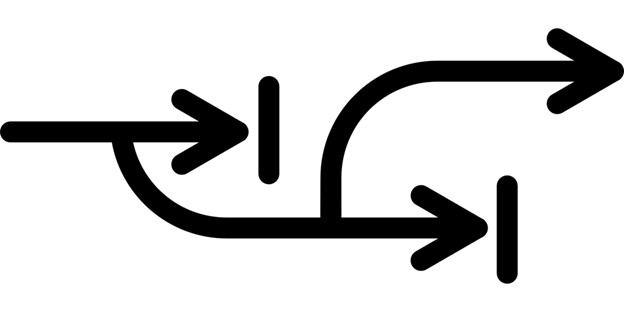Organizational Agility — Do You Have an Adaptable Enough Corporate Culture?
Certainly, one can admire an organization with a strong sense of direction and company purpose. But if that organization does not also have a healthy degree of cultural flexibility, they may not survive. Do you have an adaptable enough corporate culture to thrive during times of change?
Think of the groupthink that occurred at Kodak — successful for so many years until the market changed. If we had assessed their organizational culture at the time, our hunch is that the leaders and the overall corporate culture were not prescient or flexible enough to change with the market.
The ideal is an adaptable enough corporate culture that can anticipate and flex to the changing demands of the market.
What Constitutes an Adaptable Enough Corporate Culture?
Our organizational alignment research found that corporate culture — how work truly gets done — accounts for 40% of the difference between high and low performing companies. How people think, behave, and work matters. Any real workplace transformation will fall flat unless you include plans to shift mindsets, beliefs, and business practices — the basis for successful culture change.
An adaptable organizational culture can be defined as one that is open and ready to shift ways of working, thinking, and behaving to succeed and thrive. An unadaptable workplace culture can be characterized as one in which the leaders and employees are inflexible to change and not open to new ideas.
Three Factors to Create an Adaptable Enough Corporate Culture
When you are thinking about whether or not your culture is adaptable enough, consider three factors that determine levels of cultural flexibility from our change management consulting experts:
- Readiness to Create Change
We know from our change management simulation data that high performing organizations constantly look for new and improved ways to do their work. They welcome new ideas and are willing to try new approaches to doing things. They see Creating Change as an important part of the way they do business.
To create a more flexible corporate culture, strive for a workplace that does not immediately consider organizational change as a threat. Instead, you want leaders and teams who are open to the idea of proposed change and who understand the rationale behind the desired changes at work.
It’s up to leadership to actively involve those affected by change in creating a compelling vision for change with an implementable plan for their unique situation. Otherwise, you are unlikely to secure the buy-in and commitment from key stakeholders that is necessary to see the change through.
What’s your level of change readiness?
- Focus on the Customer
When it comes to culture change, customer focus is a powerful organizational lever. Employees who recognize the need to serve their customers — both internal and external — are more apt to continually look for new and improved ways to meet and exceed customer expectations.
Some specific action to take to increase cultural focus on the customer can include things like:
— Creating customer personas to help service employees better understand known and unknown customer wants and needs
— Displaying portraits and testimonials of customers who have benefited from what your company offers
— Creating a program to have employees “walk a mile in the customer’s shoes” and collect customer stories that are then shared within the organization
— Having a recognition program that is based on exceptional customer centricity
— Starting every meeting with a customer story or update to reinforce the importance of the customer
— Arranging CEO visits with key strategic accounts annually to discuss the relationship and ways to improve the services provided
— Conducting customer satisfaction surveys and requiring visible corrective actions for any teams that fall below target
How customer focused is your culture?
- Continuous Learning
A workplace culture of continuous learning is one where thoughtful risk taking is encouraged. Learning organizations consistently gain knowledge from successes and failures. Their first cultural reaction to reasonable mistakes is not “Who is to blame?”, but rather “What can we learn from this?”
To be “culturally adaptable enough,” be open to different ways of thinking, encourage the sharing of information and best practices, learn from both positive and negative experiences, and set aside time for learning and innovation. Organizations that value continuous learning tend to:
— Purposefully hire talent that brings a unique set of experiences that are new to the organization and allow them to promote a different way of thinking
— Send employees into the field to observe their designs and products in use and bring that knowledge back to the sales, marketing, design, product, and engineering teams
— Encourage and reward knowledge sharing across and within functions
— Require project post mortems to capture lessons learned to inform future actions
— Invest in Action Learning Leadership Development methodologies to ensure that front-line and executive-level leaders have the competence and confidence to learn, change, and adapt
— Allocate and protect employee time for learning and innovation, making them an expected component of every employee’s job
Are you a continuous learning organization?
The Bottom Line
Learn from the Kodak experience. Holding fast to a certain direction could be your downfall. Inject a healthy dose of culture adaptability into your workplace to stay ahead of the pack.
To learn more about cultural adaptability, download The 3 Levels of Culture that Leaders Must Get Right to Adapt
